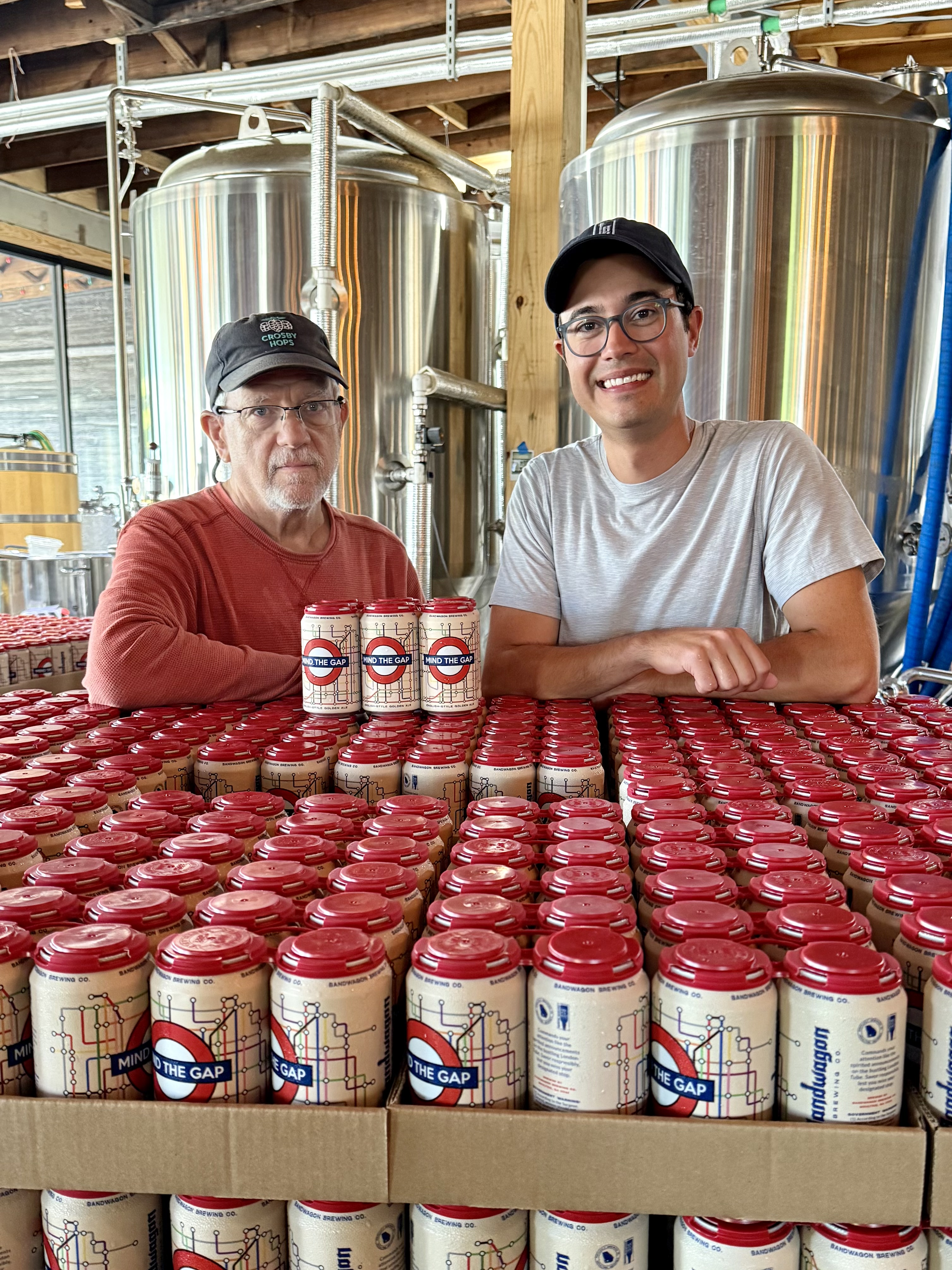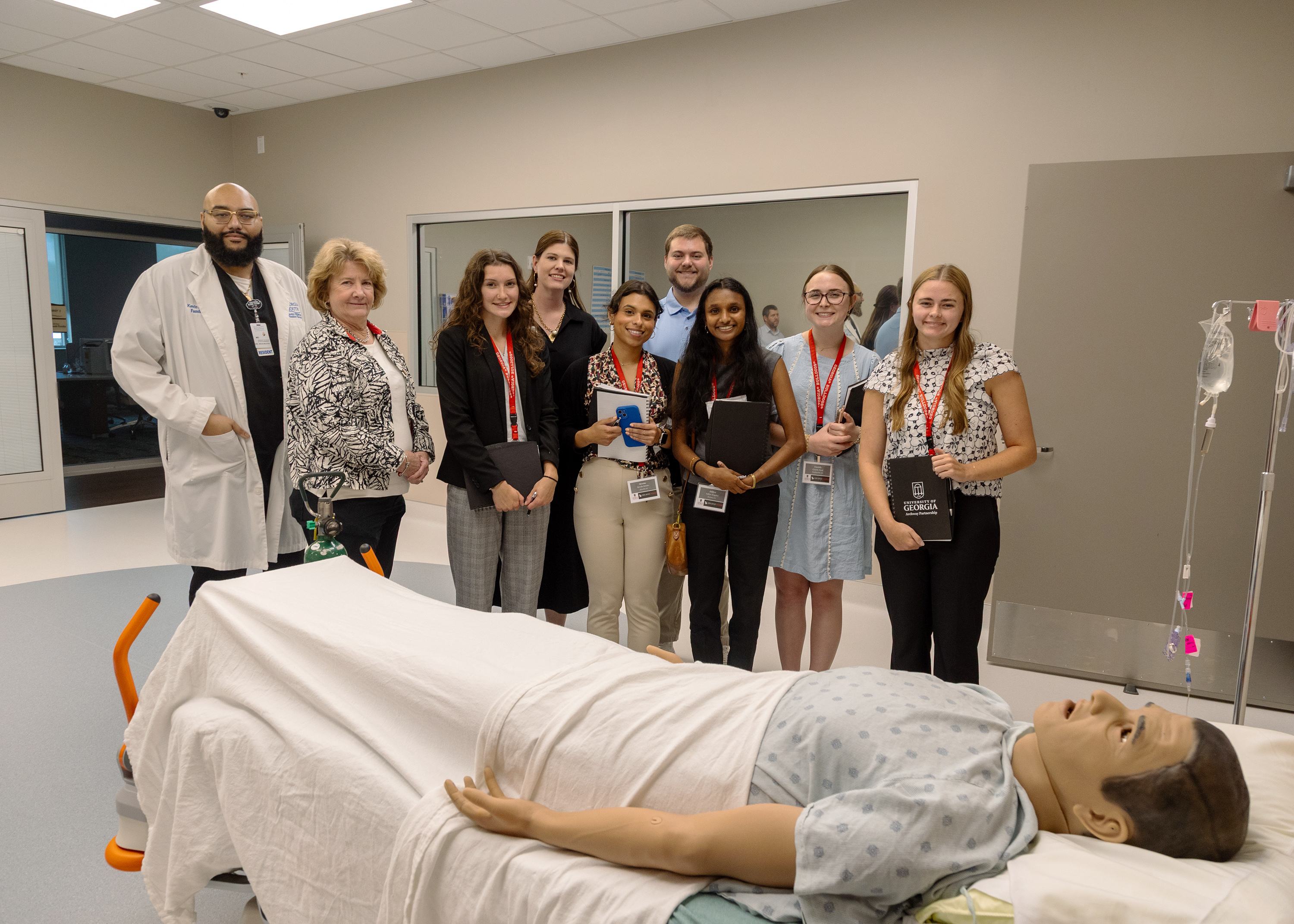Making downtowns great again
Published 12:00 am Sunday, January 22, 2017
When you think of a great city, you think of its downtown.
Great cities have great downtowns.
We applaud all of the efforts that have been made toward downtown revitalization and we realize the challenges associated with incubating a vibrant district.
Recruiting businesses to an emerging district can be a daunting task.
We encourage city and community leaders to redouble their efforts and renew their commitment to downtown.
Even great downtowns still have a way to go.
The goal should be nothing less than 100 percent occupancy of downtown buildings.
And the vast majority of those spaces need to be food, retail and entertainment, not professional or government services.
Prospective entrepreneurs willing to make an investment in downtown should be incentivized.
Building owners should realize the dangers of shuttered buildings and be willing to find creative ways to fill the spaces, even if it means temporarily accepting less than perceived market value.
Buildings beyond repair should be razed.
Public monies used to improve downtown infrastructure are often wise investments with an eventual high return on investment.
We agree with planning specialist John Karras of Urban Scale, who suggests there are specific things great downtown districts have in common. These are things worth consideration as city and community leaders think dynamically about preserving and revitalizing downtown.
Karras suggests the idea of one-way streets is an old, worn-out concept that was intended to help local business traffic but does not create a pedestrian and tourist-friendly environment.
Hosting great public events showcasing downtown merchants, music and food is vital, but if events are not well-attended then those in charge need to be open to suggestions and be willing to revamp or go in a completely different direction to find out what works.
Doing the same things the same way when they are not successful simply makes no sense. Changing for the better does not mean failure.
Some downtowns are simply landlocked but creating more land for development makes more growth possible and one creative way to accomplish that is improving blighted areas even if it means demolitions. Making under-utilized public land available for private-sector development also makes sense.
Perhaps more controversial is the suggestion of consolidating regional economic development partner organizations into a single downtown location, but city leaders cannot allow turf wars to get in the way of doing what is necessary to stimulate the district.
Anyone who has visited a downtown with a great permanent public marketplace, especially ones that include eateries, knows that the European model is all the rage and brings people into your downtown.
A downtown college satellite campus is something that many communities have successfully done by having great partnerships with public colleges and universities and it brings one thing that all downtowns desperately need — young people.
Some of his suggestions may not be possible in all communities but can be idea generators. For example, if a streetcar connecting downtown to neighborhoods is not possible, how about an open-air bus or golf cart lanes? Anyone who has been to a vibrant tourist district recently knows how popular shared bike systems are becoming. A unique playground would make downtown more family-friendly.
Regular entertainment is simply a must. Period. However, there must be live-music options that appeal to both young and older audiences.
Every downtown faces parking issues and unfortunately there are few easy answers and no inexpensive answers. Land is not being created. Garages are costly and can be unsightly, significantly altering the streetscape. Angled spaces generally work better than parallel parking.
We must add that great downtowns always have a lot of outdoor dining options, are pet-friendly, well-lighted at night and have nice green spaces.
We love downtown.
We encourage city, community and business leaders to consider these suggestions, be dynamic, think creatively, incubate energy, stay open-minded and work together to preserve and grow a vibrant downtown.





